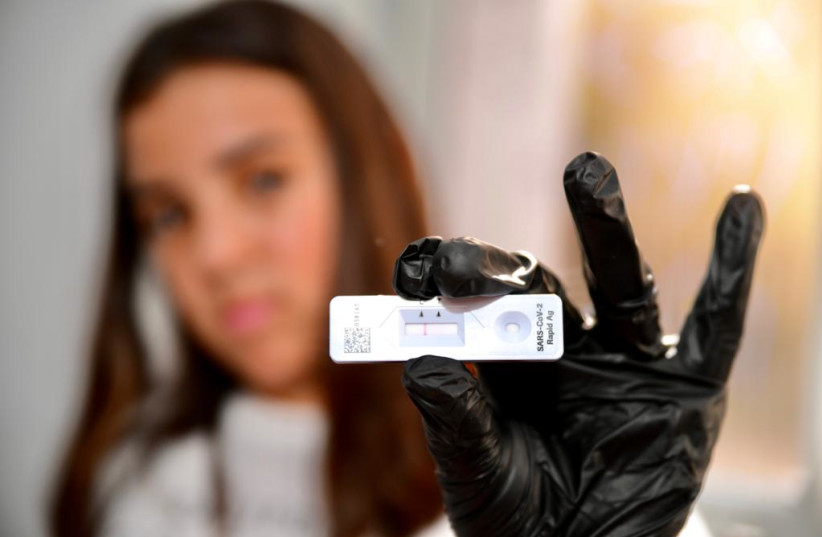A deep learning system has been created to predict new drug combinations to stop the spread of the novel coronavirus, according to a paper published by the Proceedings of the National Academy of Sciences (PNAS).
The work also came out of MIT's Computer Science & Artificial Intelligence Laboratory (MIT CSAIL).
Deep learning has previously been used to pick out drug combinations to combat illnesses such as cancer and cardiovascular disease. However, with a newer illness like COVID-19, it has less information for data scientists to work with.
Therefore, a new approach was necessary for the team to develop new drug combinations to combat the novel coronavirus. Researchers have concluded that a "neural network architecture that jointly learns drug−target interaction and drug−drug synergy" can stop the spread of the virus, the paper stated.
Overall, two new drug combinations were found in the end to treat COVID-19. The first combination is remdesivir and reserpine, the former of which is approved by the Food and Drug Administration (FDA). The second combination, like the first, also includes remdesivir, but includes IQ-1S.
“By modeling interactions between drugs and biological targets, we can significantly decrease the dependence on combination synergy data,” says Wengong Jin, CSAIL PhD and MIT Broad Institute postdoc, who is also the lead author on the research.
The research team also plans to explore "active learning," for possible future work. Active learning can help move the "data collection process and improve accuracy in a wider chemical space."

